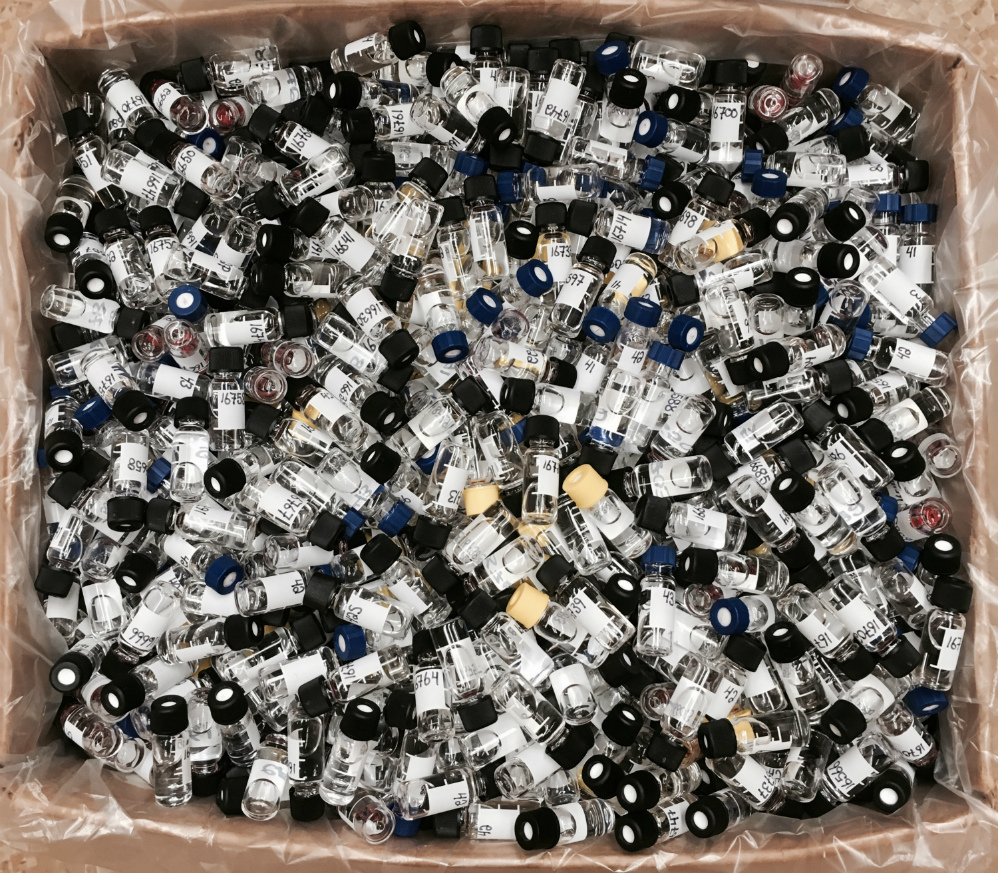
20,000 and counting
Lab manager and isotope technician for the McDonnell Watershed Hydrology Lab reaches milestone number
Since July 29, 2014, Kim Janzen, lab manager and isotope technician for the McDonnell Watershed Hydrology Lab has analyzed a milestone number of over 20,000 individual water samples.
These 20,000 samples have been collected, sent and analyzed for stable isotopes of oxygen and hydrogen at the Global Institute for Water Security, and have come from over 20 countries from collaborators and students in our lab.
The McDonnell Watershed Hydrology Lab studies how catchments store and release water through a diverse number of study sites, with students and post docs working in New Zealand, Luxembourg, Arizona, The Philippines, Hawaii, Thailand, Singapore, Germany, South Carolina and Saskatchewan.
The focus is on both the source and age of streamwater, groundwater, soilwater and plant water, a common tool for all is tracing water’s naturally occurring stable isotopes. Stable isotopes are atoms of an element that have a different number of neutrons, resulting in a different mass number. In our research we can “track” water molecules through the environment using isotopes of water as a conservative tracer. Specifically we measure the values of the isotopes of oxygen (18O) and hydrogen (2H).
The measurement of stable water isotopes is done by vaporizing very small amounts of water, which are pulled into a laser spectrometer chamber under vacuum. The laser spectrometer has two mirrors on either end. A laser beam is then passed into the chamber where it reflects off of the mirrors creating a very, very long laser beam. The injected water vapor passes through the laser beam and some of it is absorbed, creating a spectral signature. The spectral signature is related to the frequency of the atomic bonds in the molecule. The bonds of a water molecule made up of 18O and/or 2H vibrate at a different frequency from bonds of 16O and/or H. Using spectral detectors and mathematical equations those signatures are converted to ratios of 18O/16O and 2H/H.
The 20,000 mark is unusual for a university isotope lab and we congratulate Kim’s heroic efforts in delivery high quality data to the many teams collaborating with the McDonnell lab. Kim is an active participant in IAEA and USGS interlab comparisons.
